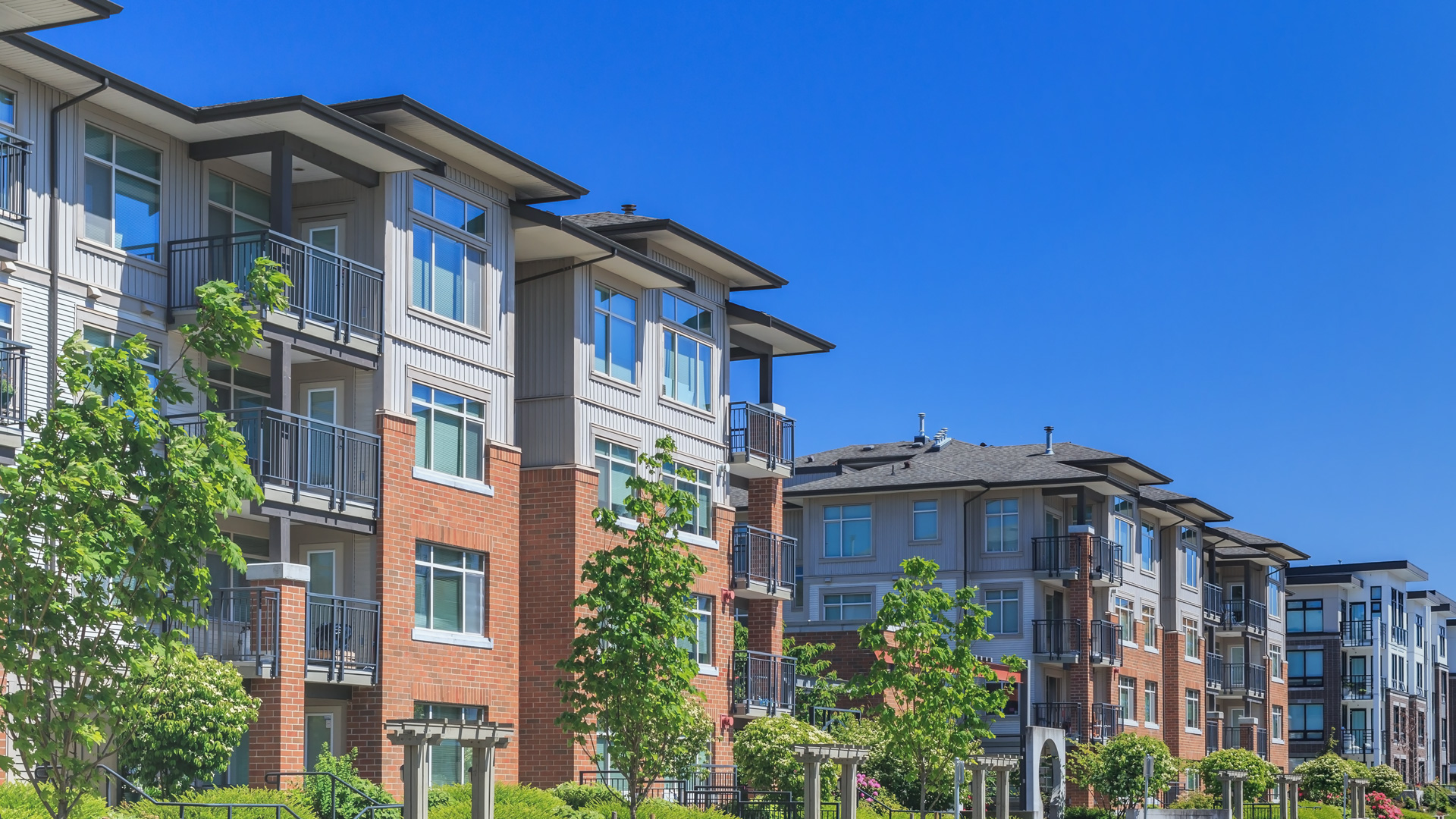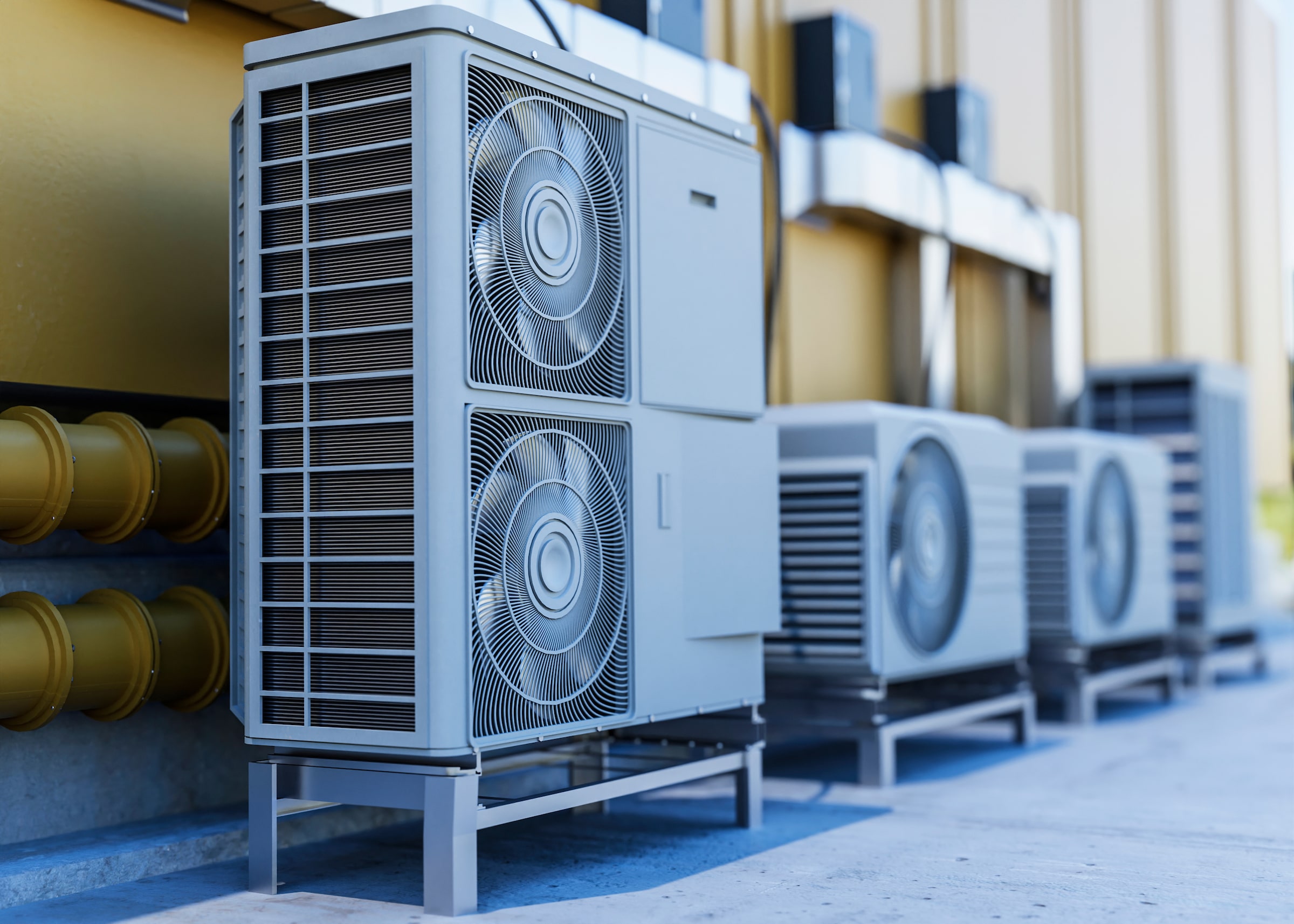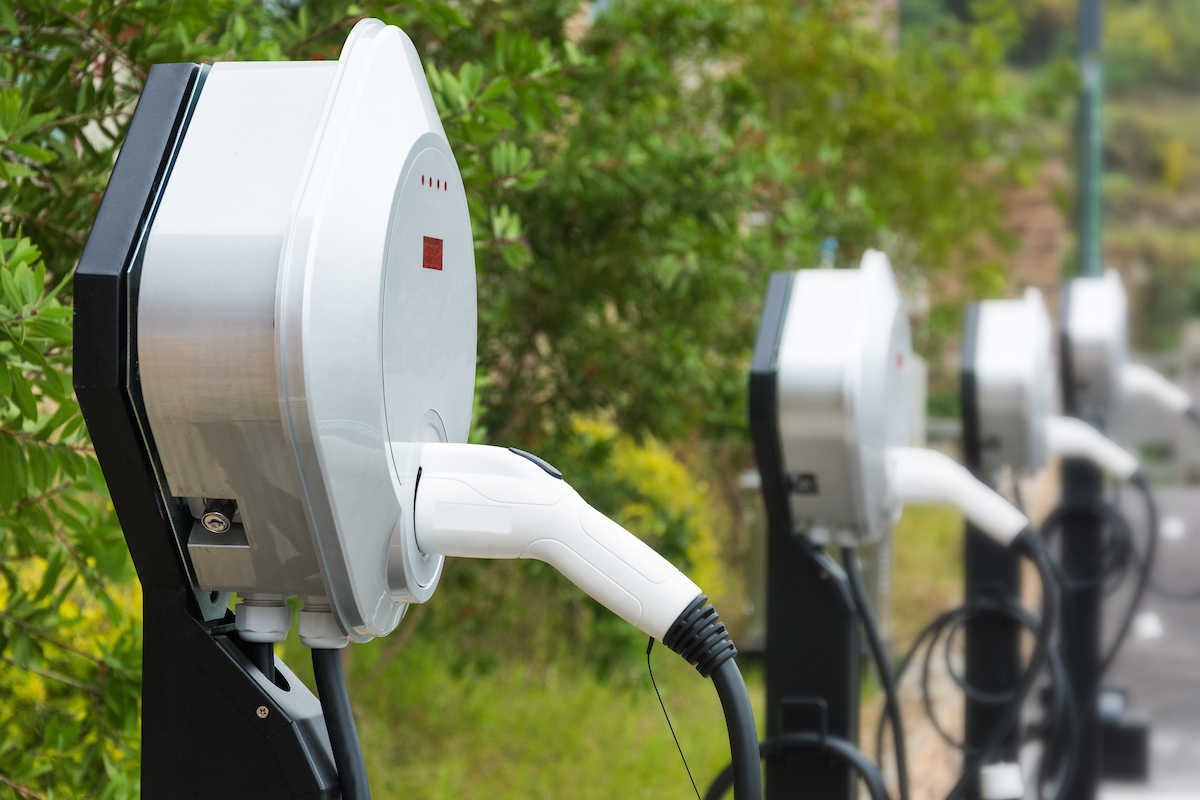EXisting Buildings
Reach codes for existing buildings can be highly impactful. There are approximately 117 existing homes for every new construction housing unit in California, and most of those homes predated modern energy efficiency standards. Retrofit policies play a critical role in reducing greenhouse gas emissions by improving the energy efficiency in this majority housing stock and strengthening the resiliency of our communities.

Two-Way AC
Produced in collaboration with the Statewide Reach Codes Program, this model ordinance establishes a ‘Time of Replacement’ policy. The model code language supports a reach code requiring that any existing single-family home involving replacement or alteration of an existing air conditioning system or installation of a new air conditioning must either include a heat pump space heater as the primary heating system or install other energy conservation measures. This approach targets a natural point of intervention in a building’s lifecycle. By focusing on equipment replacement events, this policy minimizes disruption to property owners while ensuring progress toward decarbonization.
Adopting Part 6 allows for reach code amendments in the same Part of the Building Code as other model codes, like electric readiness, FlexPath, or Non-Res Two-Way AC. Additionally, Two-Way AC Model Ordinance Part- 6 includes Performance Approach amendments (Table 150.2-G) as added energy efficiency benefits for certain projects simply installing an AC. This policy is also known as “AC to Heat Pump”.

Flex Path for Single Family
This model reach code is a “Time of Renovation” reach code. That means it requires applicants that are already pulling a permit to abide by a flexible menu of energy efficiency measures, electrification measures and/or electric readiness requirements. This approach has an immediate impact to GHG emissions. It is highly customizable to capture the opportunities that make the most sense for your jurisdiction and can grow over time to capture more opportunities as desired.

Electric Readiness
Electric Readiness Reach Codes outline requirements for applicants undergoing renovation projects that already necessitate a permit. These reach codes ensure buildings are equipped with electric-ready infrastructure, paving the way for future compliance with the Bay Area Air District and CARB regulations at the lowest possible cost. While these standards may not immediately reduce greenhouse gas (GHG) emissions, they prepare buildings to reduce emissions in the future.
NEW CONSTRUCTION

Reach codes for new construction projects ensure new buildings are built with decarbonization in mind. Doing so ensures electrification is considered when it is most cost effective while also avoiding costly gas infrastructure that will be underutilized in the future. California’s Energy Code is moving towards decarbonization and local air districts are preparing for zero-emission appliances. Your jurisdiction can adopt approaches that help your community reduce greenhouse gas emissions in their new buildings sooner, while also preparing for upcoming zero-emission appliance mandates.
Energy Performance Approach
This model reach code was designed to mitigate legal risk by providing compliance pathways for all-electric and mixed-fuel buildings. The amendment is for Title 24 Part 6 of (the California Energy Code) and can be used for Single Family, Multifamily, and Non-Residential New Construction buildings. It leverages Source Energy, which is a carbon-based performance metric used to regulate energy performance. San Jose, Brisbane, Palo Alto, East Palo Alto, Cupertino, Burlingame, San Mateo County, and more have adopted reach codes similar to this model code.
2025 Version Coming Soon (Q1 2026)





